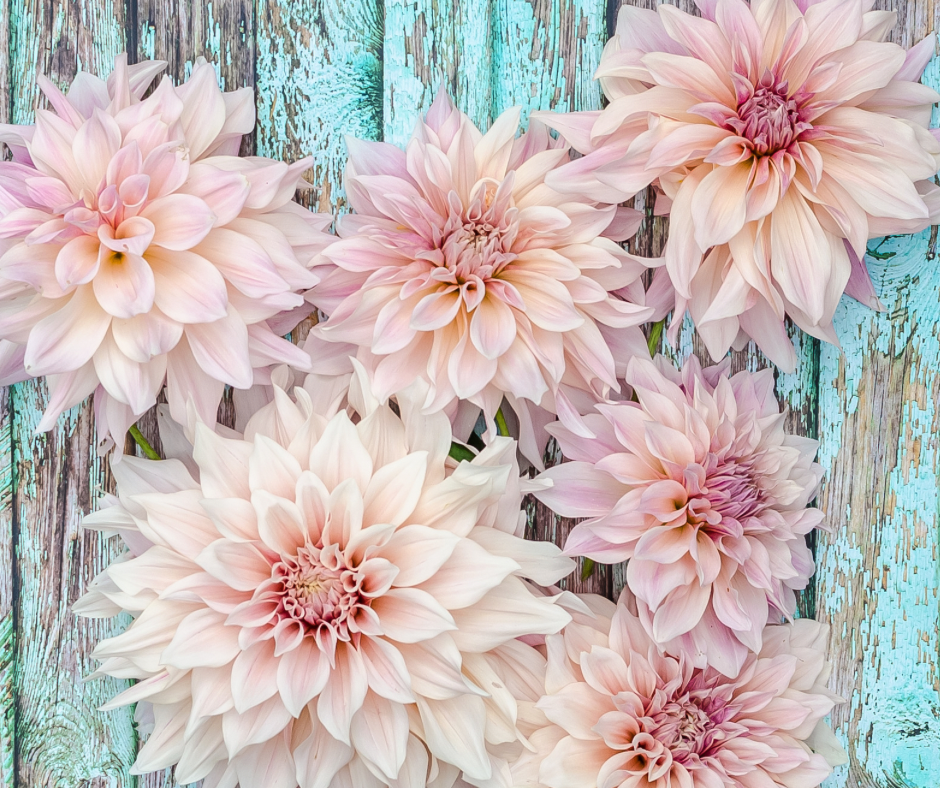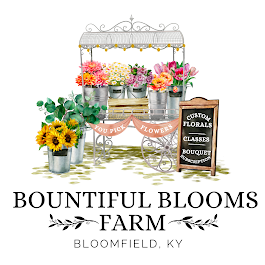
Dahlias Demystified: Understanding the Differences Between Tubers, Seeds, and Cuttings
Share

Dahlias are one of the most stunning flowers you can grow, known for their vibrant colors, intricate shapes, and long-lasting blooms. But if you’re new to dahlias, you might wonder: should I start with tubers, seeds, or cuttings? Each method has its own benefits and challenges, and the choice largely depends on your gardening goals and experience. Let’s break it down!
1. Dahlia Tubers
What Are They?
Tubers are the underground storage structures of a mature dahlia plant. They look like small, potato-like roots and contain everything the plant needs to grow and thrive.
Pros:
- Reliable Results: Tubers produce plants that are identical to the parent variety, so you know exactly what you’re getting.
- Quick Growth: Since they’re already developed, tubers grow faster and bloom earlier than seeds or cuttings.
- Easy to Store: Tubers can be dug up and stored over winter, giving you a renewable source of flowers year after year.
Cons:
- Cost: Tubers are often more expensive than seeds or cuttings.
- Storage Challenges: Proper overwintering requires attention to temperature and humidity to prevent rot or dehydration.
Best For:
Gardeners looking for specific dahlia varieties and a head start on blooms.
2. Dahlia Seeds
What Are They?
Seeds are the tiny, black grains harvested from the spent blooms of dahlias. Each seed has the potential to grow into a unique plant, even if it comes from a specific variety.
Pros:
- Affordable: Seeds are the least expensive way to grow dahlias.
- Exciting Variety: Because dahlias don’t come true to seed, you could end up with entirely new colors and shapes—perfect for adventurous gardeners.
- Great for Beginners: Growing from seed is an excellent way to experiment without a large financial commitment.
Cons:
- Time-Consuming: Dahlias grown from seed take longer to mature and bloom, often appearing later in the season.
- Unpredictable Results: You won’t know what you’re getting until the plant blooms, which can be a drawback if you need specific colors or shapes.
Best For:
Gardeners on a budget or those who enjoy the surprise of unique, one-of-a-kind flowers.
3. Dahlia Cuttings
What Are They?
Cuttings are sections of a dahlia plant (usually stems with a few leaves) that are rooted to produce new plants. They’re typically taken from sprouting tubers in the spring.
Pros:
- Clonal Reproduction: Like tubers, cuttings produce plants identical to the parent variety.
- Cost-Effective: You can propagate multiple plants from a single tuber.
- Fast Growth: Cuttings establish quickly once rooted.
Cons:
- Delicate Process: Cuttings require proper care and a controlled environment to root successfully.
- Seasonal: They’re only available in spring when tubers are sprouting.
Best For:
Gardeners who already have some experience and are looking to multiply their favorite varieties.
Which Option is Right for You?
- If you’re a beginner or want the easiest path to blooms, start with tubers.
- If you love surprises and want to experiment, try seeds.
- If you’re confident in your gardening skills and want to multiply a variety, cuttings are a great choice.
No matter which method you choose, dahlias are sure to reward you with stunning blooms all season long. At Bountiful Blooms Farm, we offer high-quality dahlia tubers and expert advice to help you grow your best garden yet.
What’s your favorite way to grow dahlias? Share your thoughts or questions in the comments below!

Looking for more gardening tips?
Sign up for our newsletter or follow us on social media for the latest updates, product launches, and growing guides. 🌸
